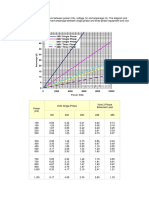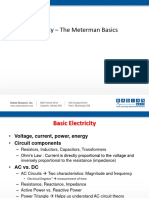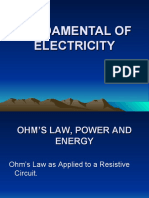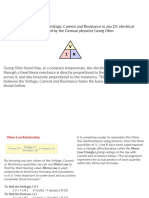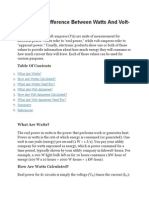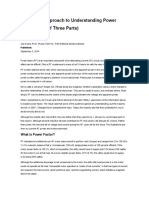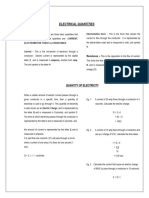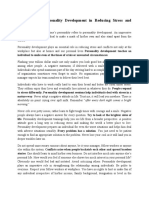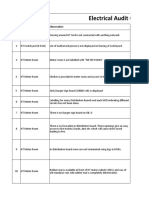0% found this document useful (0 votes)
65 views8 pagesOhm's Law States That The Current Through: Source: Unsplash
Ohm's law states that current is directly proportional to voltage, with resistance as the constant of proportionality. For direct current, I=V/R, while for alternating current, I=V/Z, where Z is impedance. Power in a DC circuit is voltage times current. For AC circuits, apparent power is voltage times current, while true power is voltage times current times the power factor. Power factor represents how effectively power is being used.
Uploaded by
Yani YaniCopyright
© © All Rights Reserved
We take content rights seriously. If you suspect this is your content, claim it here.
Available Formats
Download as PDF, TXT or read online on Scribd
0% found this document useful (0 votes)
65 views8 pagesOhm's Law States That The Current Through: Source: Unsplash
Ohm's law states that current is directly proportional to voltage, with resistance as the constant of proportionality. For direct current, I=V/R, while for alternating current, I=V/Z, where Z is impedance. Power in a DC circuit is voltage times current. For AC circuits, apparent power is voltage times current, while true power is voltage times current times the power factor. Power factor represents how effectively power is being used.
Uploaded by
Yani YaniCopyright
© © All Rights Reserved
We take content rights seriously. If you suspect this is your content, claim it here.
Available Formats
Download as PDF, TXT or read online on Scribd
/ 8

